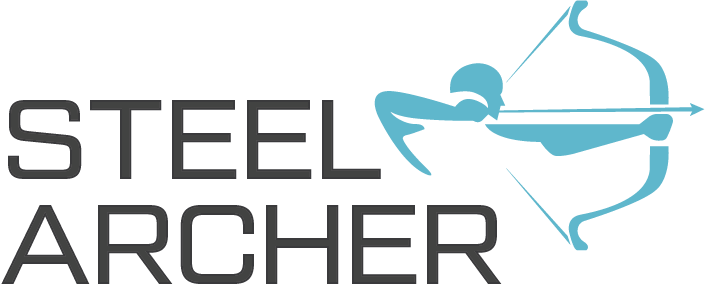Nearshore teams can play a crucial role in assisting with rapid technology delivery while maintaining cost-efficiency. Nearshoring involves outsourcing software development or IT services to companies or teams located in neighboring or nearby countries, often with similar time zones and cultural affinity. Here’s how nearshore teams can help achieve rapid technology delivery economically:
- Proximity and Time Zone Alignment: Nearshore teams are usually located in nearby countries or regions, which means they share similar time zones with the client’s location. This alignment allows for better real-time collaboration and communication, reducing delays associated with large time zone differences.
- Cost Savings: While nearshore outsourcing may not always be as cost-effective as offshoring to countries with significantly lower labor costs, it often offers cost savings compared to onshore development. Lower labor costs, combined with proximity, can result in cost-efficient technology delivery.
- Access to Skilled Talent: Nearshore regions often have access to a pool of highly skilled and educated IT professionals. This enables companies to tap into a diverse range of technical expertise without the challenges of hiring and retaining talent locally.
- Cultural Affinity: Nearshore teams often share cultural affinities with their clients, which can lead to better communication, collaboration, and alignment on project goals and expectations.
- Reduced Language Barriers: Nearshore teams may have a higher level of proficiency in the client’s language, reducing language barriers that can hinder effective communication and understanding.
- Travel Accessibility: Proximity allows for easier and more cost-effective travel when needed. This can be especially valuable for face-to-face meetings, workshops, or project kick-offs.
- Agile Collaboration: Nearshore teams can easily adapt to agile development methodologies, enabling rapid iterations, quick feedback, and faster development cycles.
- Overlap in Working Hours: With similar or overlapping working hours, nearshore teams can engage in real-time discussions, troubleshooting, and decision-making, which can expedite problem resolution and project progress.
- Risk Mitigation: Nearshore outsourcing can be seen as a lower-risk option compared to offshore outsourcing, as it often involves less significant differences in culture, time zones, and regulations.
- Scalability: Nearshore teams can be quickly scaled up or down based on project requirements, allowing for flexible resource allocation.
- Compliance and Data Security: Proximity can facilitate adherence to regional or industry-specific compliance and data security regulations, which may be challenging to manage when working with offshore teams.
- Cross-Cultural Collaboration: Nearshore teams can provide a bridge between the client’s local team and offshore teams, helping to manage cultural and communication differences when a mix of onshore, nearshore, and offshore teams is involved.
- Knowledge Transfer: Nearshore teams can facilitate knowledge transfer between onshore and offshore teams, ensuring that everyone involved in the project is on the same page.
To make the most of nearshore teams for rapid technology delivery, it’s essential to choose the right nearshore partner, establish clear communication channels, define project expectations, and invest in effective project management and collaboration tools. By leveraging the advantages of nearshoring, organizations can balance rapid technology delivery with cost-efficiency while minimizing some of the challenges associated with global outsourcing. The good news is that Steel Archer has an established delivery center in Chile, ready to serve you.

